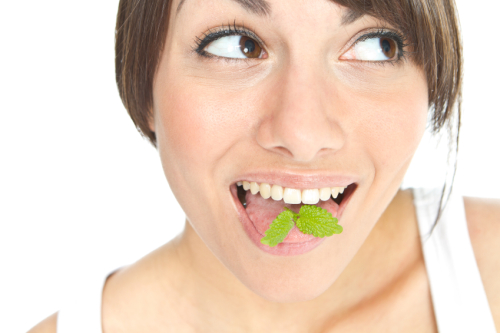You’ve nailed it this year when it comes to your kids’ dental hygiene, but then Halloween rolls around. We know the feeling! Don’t let all your hard work go to waste with one sugar-laden holiday. Save your kids’ teeth and do your part for the neighborhood kids as well by handing out something different this year.
Here are some of our favorite healthy alternatives here at Peralta Orthodontics, your first choice for a Burien or West Seattle orthodontist.
Jack-O-Lantern Oranges
Grab yourself a bag of mandarin oranges and a black permanent marker to create creepy or cute Jack-o-lantern oranges. They’re healthy, they’re safe and they’re fun for the little ones.
Honey Sticks
If you know a local beekeeper, check to see if he or she makes honey sticks. If not, you can find these online and sometimes in local markets. They’ll still give the kids a sweet treat, but without all the processed sugars and dyes.
Fruit Leather
Whether you make it yourself from your own fruit trees and berry bushes or know where to purchase some that are natural and sugar-free, fruit leather is a budget-friendly, healthy treat for your trick-or-treaters.
Water Bottles
You can find little 8 oz. water bottles at most grocery stores. As a bonus, sometimes they have festive, decorative labels around the holidays that will make it more fun for your visitors to receive. If not, you could make a label yourself and call the water “unicorn blood” or something that will give your little friends an extra thrill.
Popcorn
Look for mini microwave popcorn the next time you’re shopping, as they are a great alternative to Halloween candy. If you really want to add to the kids’ creepy fun, purchase clear, disposable polyethylene gloves, drop a raisin “fingernail” in each fingertip, fill the rest of the fingers and hand with already-popped popcorn, and tie it shut at the wrist!
Keeping Up on Oral Hygiene
Whether you’re due for your six-month visit or simply need to get something checked out, contact Peralta Orthodontics today to request an appointment at 206-938-3100. As your first choice for an orthodontist in Burien and West Seattle, we look forward to helping you keep up on oral hygiene at any time of the year.















